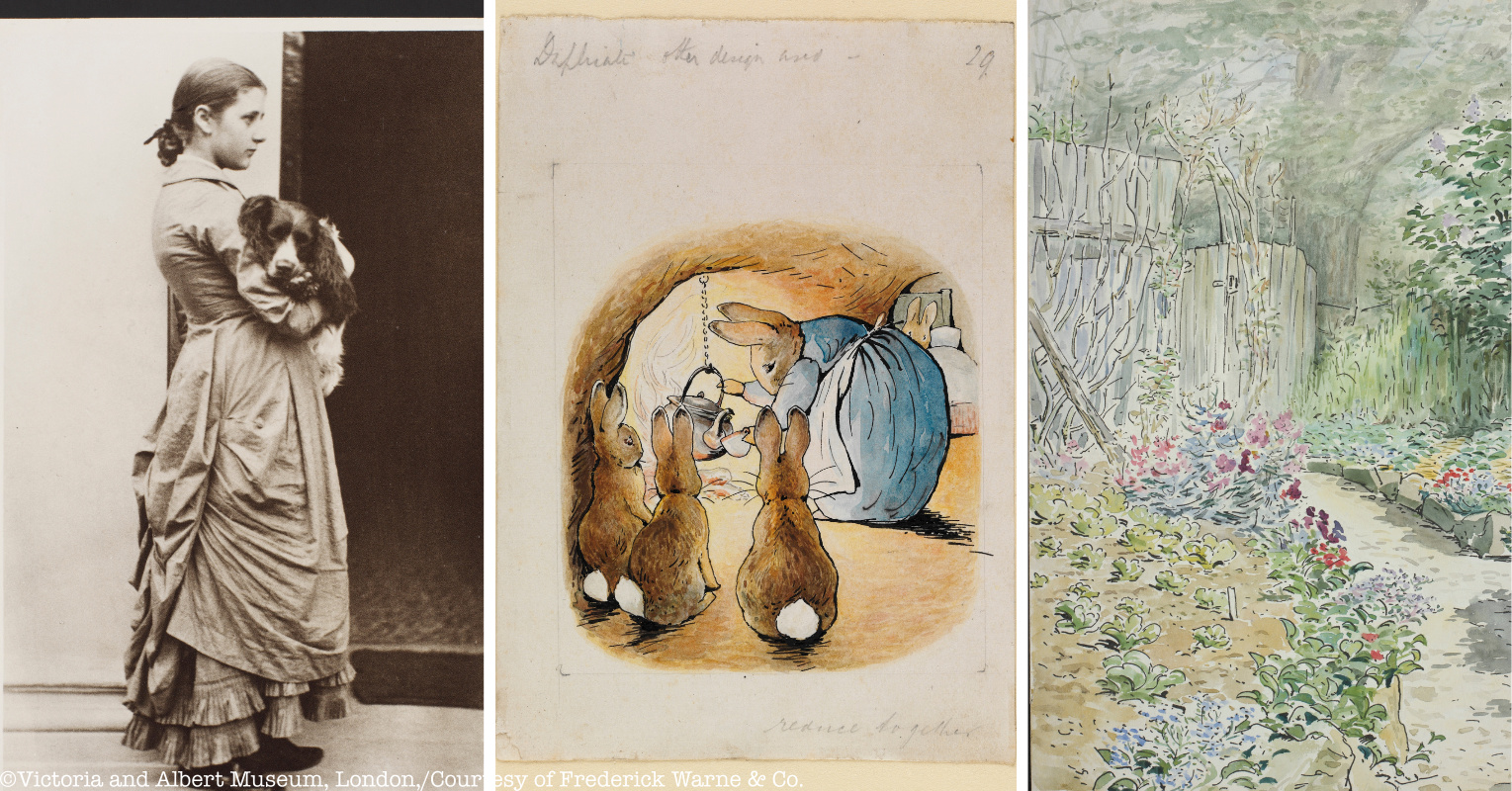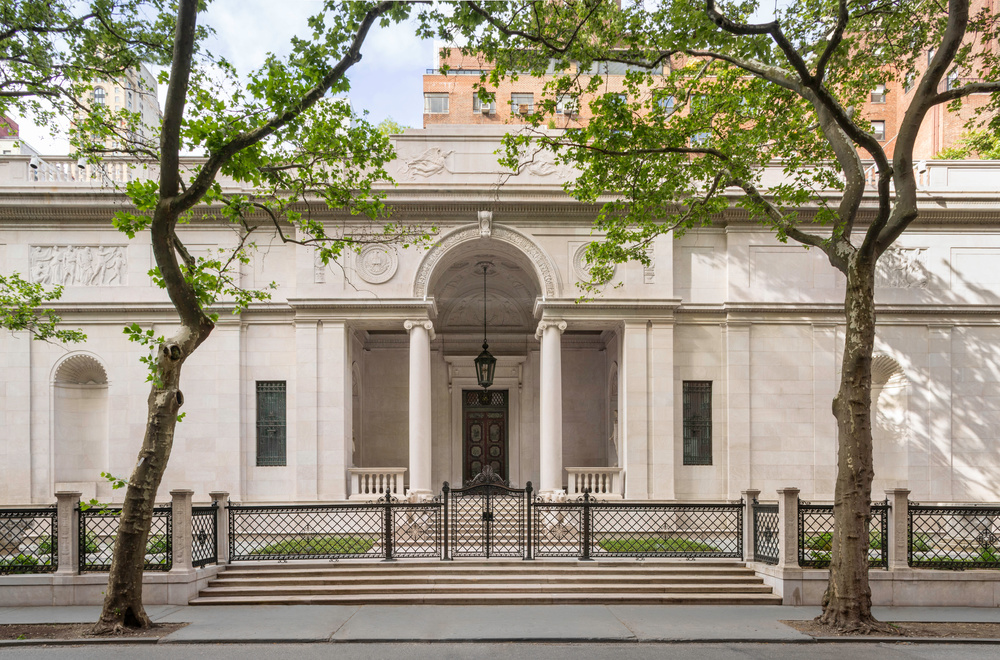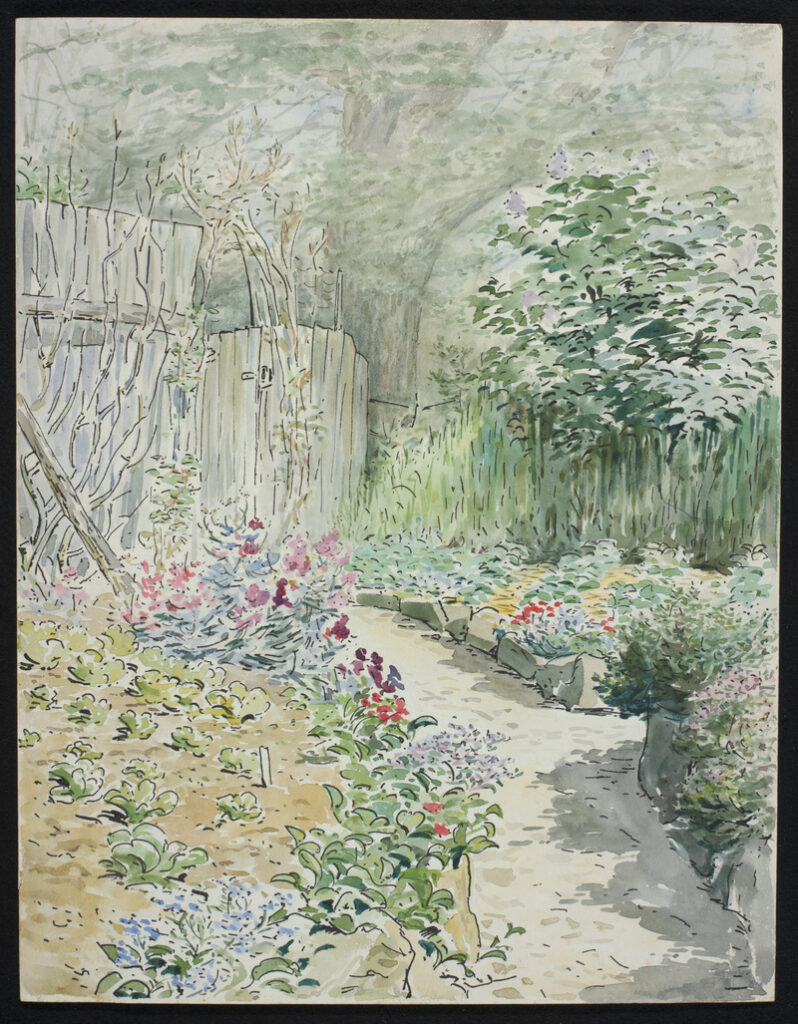The adorable anthropomorphic characters of Peter Rabbit, Mr. Jeremy Fisher, and Mrs. Tiggy-Winkle along with the serene woodsy worlds they inhabit were inspired by author and illustrator Beatrix Potter’s childhood summers in Scotland and the English Lake District. Potter enmeshed herself in the bountiful forms of life in these fairytale-like natural settings, acquiring a menagerie of pets and a love for botany. These early observations inspired Potter’s work as an author and illustrator of children’s books. In a new exhibit at The Morgan Library and Museum, Beatrix Potter: Drawn to Nature, visitors can explore how Potter’s scientific observation and imaginative storytelling led to a renowned literary career.
Untapped New York Insiders are invited to be among the first to experience this brand-new exhibit on an educator-led tour on February 29th! This tour is free for Insiders. Not an Insider yet? Become a member today with code JOINUS and get your first month free!
Beatrix Potter: Drawn to Nature brings together an array of artwork, books, manuscripts, artifacts, and letters from institutions like the Victoria and Albert Museum, the National Trust, and the Armitt Museum and Library in the United Kingdom, as well as The Morgan’s extensive collection. In the exhibit, visitors will see watercolor, pencil, and crayon sketches as well as paintings that Potter made throughout her life, some dating to when she was just 10 years old. Through these examples of Potter’s work, you can see the evolution of her characters and how the natural world inspired her work.
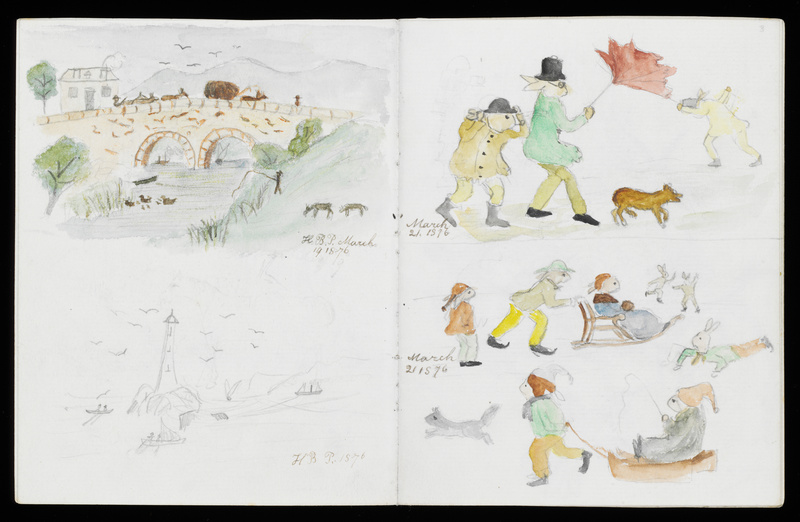
Beatrix Potter was born in July 1866 into a wealthy English family. She delighted in her family’s summer vacations where she examined the local plants and animal life. She showed an aptitude for literature, art, and biology that was nurtured by her governesses. In her schoolroom, Potter observed rabbits, hedgehogs, mice, bats, and insects. She made detailed drawings of these subjects along with fungi and microscopic organisms.
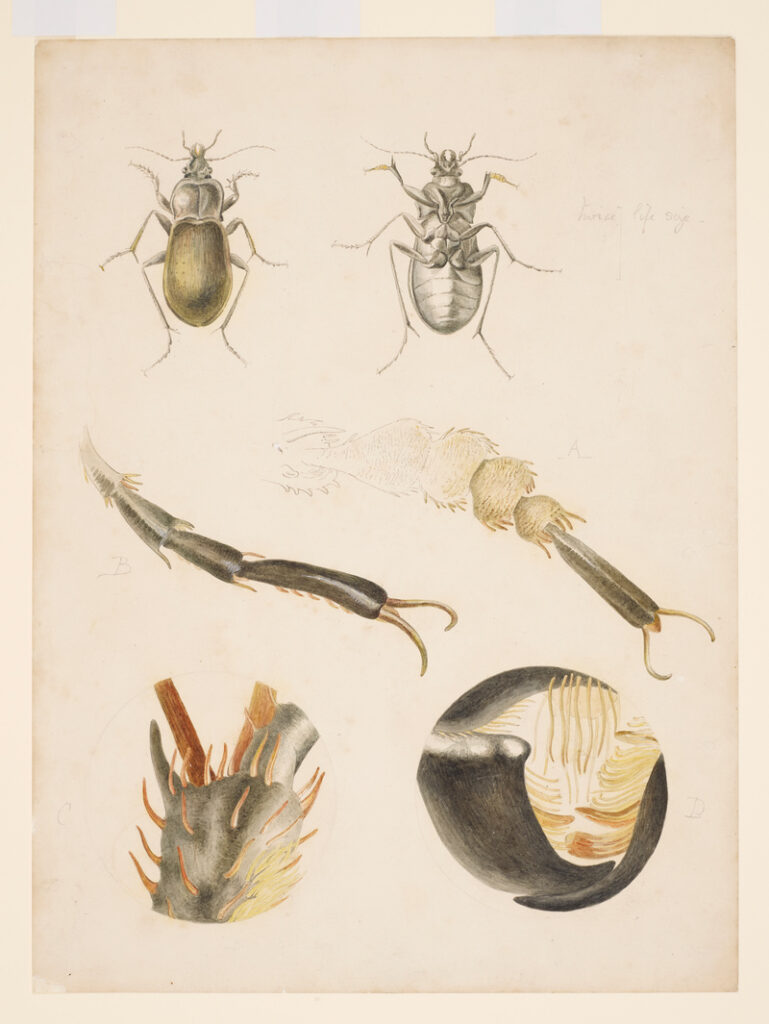
Though she was creative from a young age, Potter didn’t publish her first story, The Tale of Peter Rabbit, until 1901 when she was 35 years old. She had originally written the little story as a gift for the son of her former governess. Over the next two decades, Potter would publish more than twenty children’s books and a scientific paper.
She spent the latter half of her life at Hill Top Farm in Cumbria, England where she worked as a sheep breeder and land conservationist. Upon her death, four thousand acres of her land was bequeathed to the National Trust.
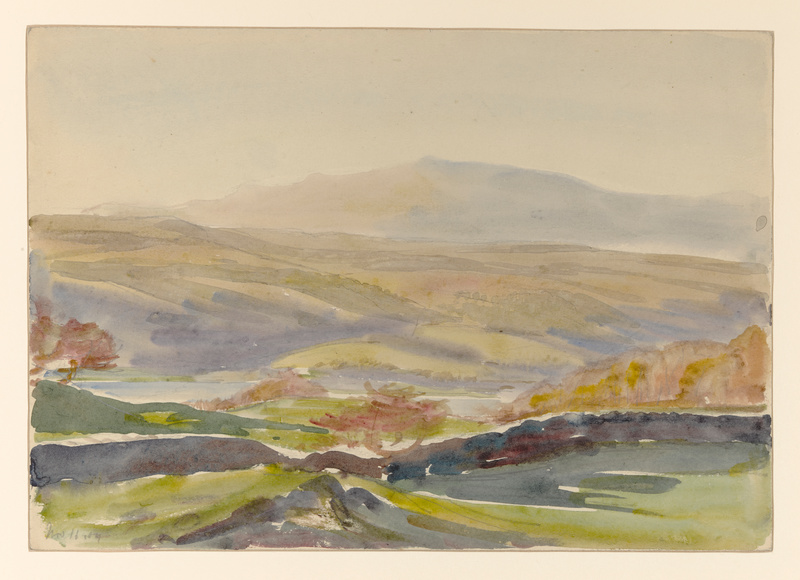
Beatrix Potter: Drawn to Nature opens on February 29th and is one of the many special exhibits that will debut at The Morgan Library and Museum this year as the institution celebrates its 100th anniversary. Be one of the first to experience this exhibit on a free guided tour with Untapped New York Insiders. Registration opens on February 15th at 12 PM ET.
Next, check out Must See Art Installations in NYC This February






